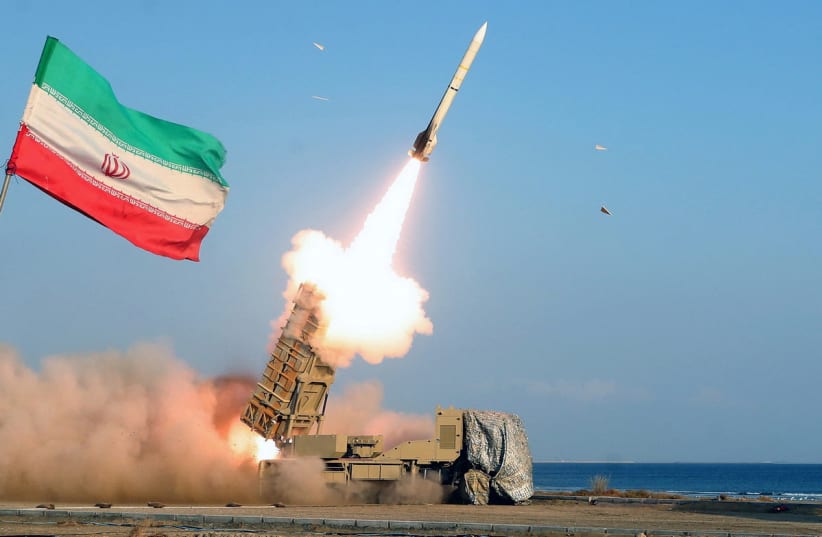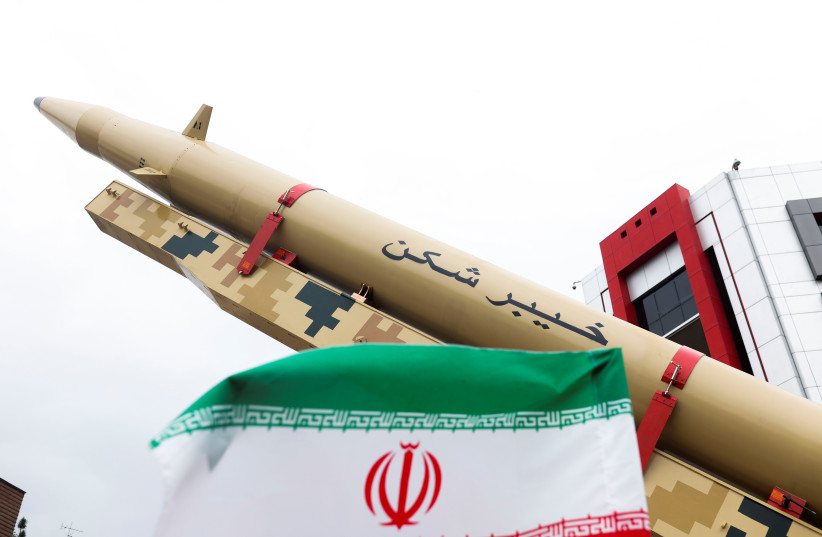Iranian Foreign Minister Hossein Amir-Abdollahian arrived in New York as Iranian proxy groups increased their threats to the US and Israel. This attempt to conduct two types of war at the same time, the diplomatic war and the war on the ground, is part of Iran’s overall strategy in the region.
It has been this way for many years. Iran, for instance, backed Hamas to carry out the October 7 massacres, and then immediately sent its foreign minister to Qatar to meet with Hamas leadership to coordinate the diplomatic front. This week, Hezbollah, an Iranian proxy, hosted a Hamas leader and the leader of Palestinian Islamic Jihad in Beirut.
The diplomatic visit is designed also to encourage closer work among Iran, Russia, China, and Turkey. Ankara this week continued to bash Israel and support Hamas. Iranian and Turkish have spread propaganda that is part of the wider regional attempt to create support for Hamas.
IRGC slammed Israel
Iran’s head of the Islamic Revolutionary Guard Corps also slammed Israel on Thursday, threatening it and the US. The IRGC is a terrorist group and backs various Iranian proxies in the region that have attacked the US and Israel. Hossein Salami, the head of the IRGC, made comments spotlighting US support for Israel and visits by foreign officials to Israel.
Iran clearly views this as a regional war and a multi-front war against the two nations, and potentially against other western countries. Salami also suggested that Israel will be bogged down in Gaza if it launches a ground offensive. This comes after Israel launched a very limited raid overnight Wednesday. Iran makes these threats to try to deter Israel from toppling Hamas.
Meanwhile Al-Mayadeen media, which is pro-Iran, also highlighted the multi-front aspect of this war. It discussed on Thursday how Hamas has sought to use surface-to-air missiles against Israel. It also highlighted the Houthis in Yemen and their threats to Israel, such as the drones and missiles they fired at it on October 18.
The media also highlighted how the US is sending air defenses to the Middle East to strengthen defenses of US forces in Iraq and Syria. The Al-Mayadeen report suggested more “resistance” attacks would be forthcoming. There have already been a dozen attacks on US forces in Iraq and Syria since October 8.
The overall view of Iran is that it wants to operationalize numerous fronts against Israel. This includes threats from Gaza, Hezbollah, and other groups. It also has sought to increase the capabilities of Hamas. For instance, the pro-Iran media has bragged about how Hamas used naval commandos to threaten Israel over the last several days. Iran is also trying to put out messaging suggesting that Gaza will “swallow” IDF forces if Israel launches the expected incursion.

